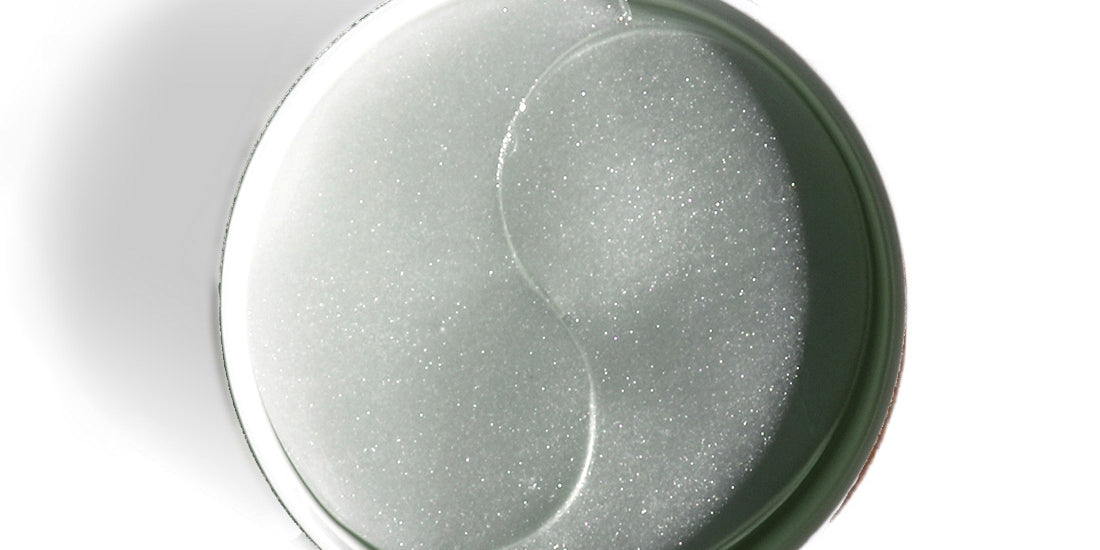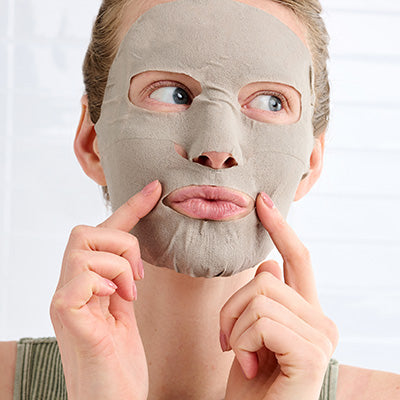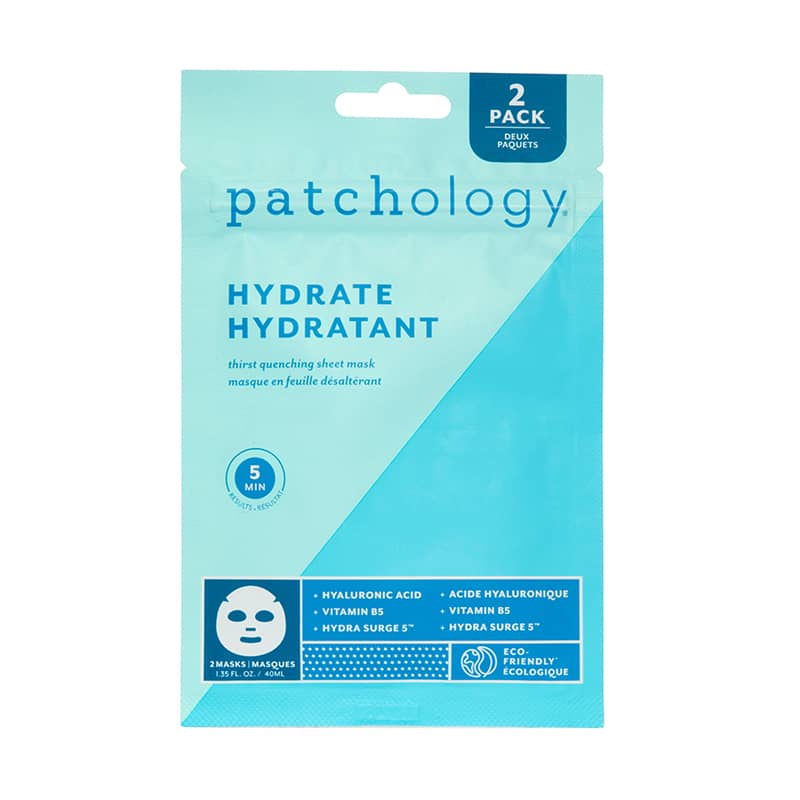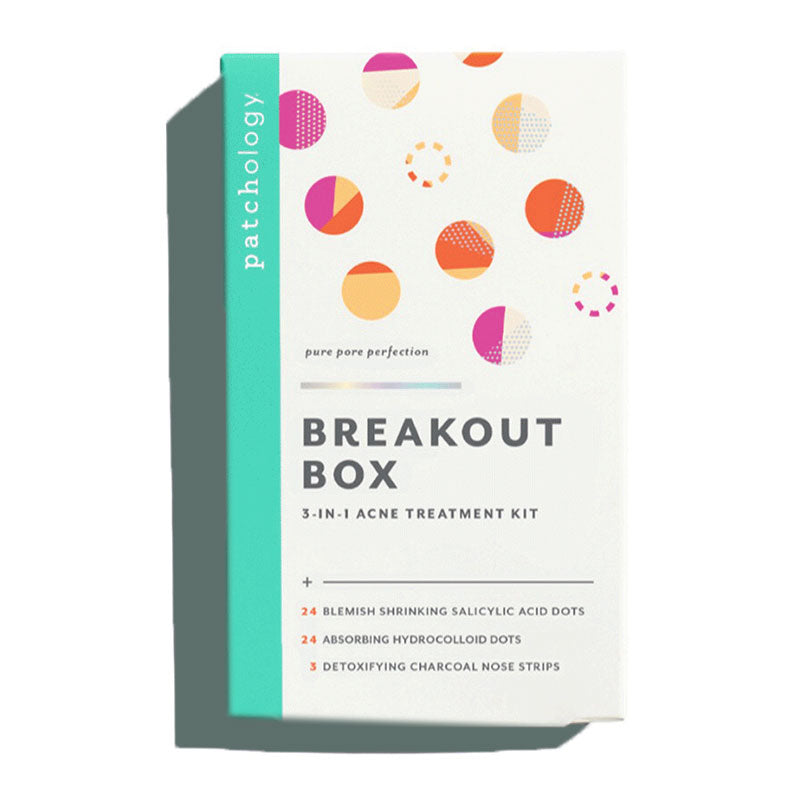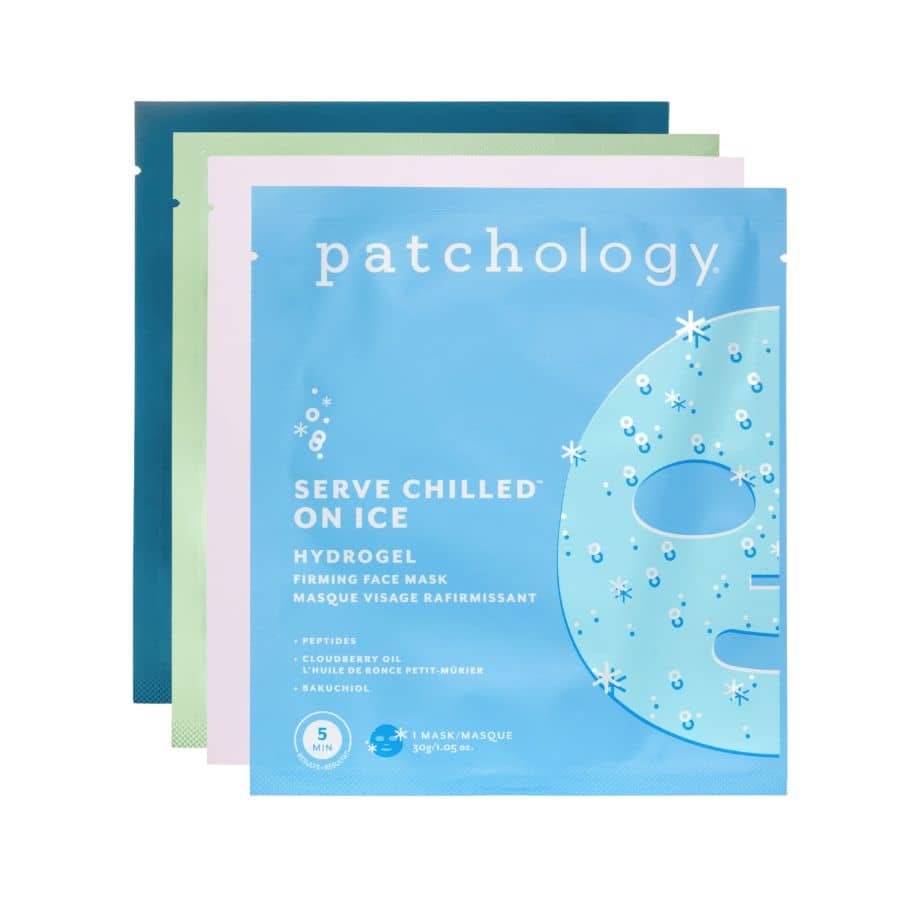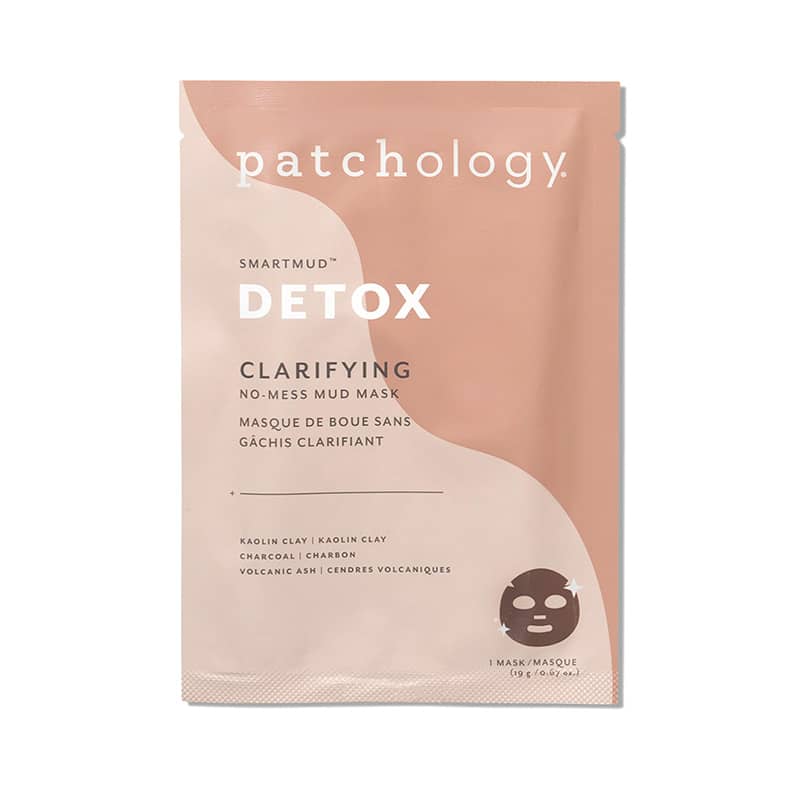Why Fall Weather Wreaks Havoc on Sensitive Skin
The autumn months bring a perfect storm of conditions that challenge sensitive skin. Shifts in humidity levels, such as the transition from humid summer months to drier autumn weather, can lead to skin dehydration and increased sensitivity.
This environmental shift affects your skin's protective barrier in several ways:
Temperature Fluctuations Create Stress Rapid changes in temperature during seasonal transitions can further disrupt the skin barrier and exacerbate symptoms. The constant movement between heated indoor spaces and cool outdoor air forces your skin to continuously adapt, weakening its natural defenses.
Humidity Drops Dramatically Colder weather brings less humid air. Additionally, the use of heaters also significantly dries out the air in our workplaces and homes. This double assault of naturally dry outdoor air and artificially heated indoor environments creates an environment where sensitive skin struggles to maintain adequate moisture levels.
Environmental Allergens Persist While spring gets attention for allergens, fall brings its own challenges. Mould spores found in damp places such as compost heaps and piles of fallen leaves could aggravate your eczema and lead to a flare-up. These seasonal allergens can trigger inflammatory responses in already sensitive skin.
Indoor Heating Systems Strip Moisture Central heating may keep us warm and snug but it also strips moisture from the air. This creates an ongoing cycle where your skin loses moisture faster than it can be replenished, leading to that tight, uncomfortable feeling many experience as fall progresses.
Recognizing the Warning Signs
Fall flare-ups don't happen overnight. Learning to recognize early warning signs can help you intervene before minor irritation becomes a major problem:
- Increased tightness after cleansing or spending time outdoors
- Subtle roughness in typically smooth areas
- Heightened sensitivity to products that normally don't cause issues
- Mild redness or irritation around the eyes, nose, or mouth
- Changes in skin texture that feel slightly different than usual
The Science Behind Seasonal Sensitivity
Dry skin can easily become brittle, scaly, rough, or tight, which can lead to an eczema flare up. Your skin barrier—composed of natural lipids like ceramides and cholesterol—acts as your first line of defense against environmental stressors. When this barrier becomes compromised due to weather changes, it allows moisture to escape more easily while permitting irritants to penetrate more deeply.
People with eczema usually have a sensitive immune system that responds to certain internal or external triggers by producing inflammation or "flare ups". This means that even minor environmental changes can trigger disproportionate responses in sensitive skin.
Building Your Fall Defense Strategy
Layer Your Protection
Just as you layer clothing for changeable fall weather, your skincare routine should provide multiple levels of protection:
Start with Gentle Cleansing Foaming cleansers have added ingredients which make them nice and foamy are usually the ones which end up removing some of the natural oils on your skin. Switch to cream-based cleansers that won't strip your skin's natural protective oils.
Add Barrier-Boosting Treatments Niacinamide is particularly beneficial for those with dry, sensitive, or eczema-prone skin. It enhances your skin's natural barrier function, protecting against environmental stressors and locking in moisture. Look for products containing this powerhouse ingredient to strengthen your skin's defenses.
Lock in Hydration Hyaluronic acid really binds water as it holds 1,000 times its weight in water. Products featuring this moisture-binding ingredient can help your skin resist the drying effects of fall weather.
Don't Forget the Delicate Areas
Protect Your Eyes The eye area requires special attention during seasonal transitions. The skin under your eyes is thinned to provide room to cover tiny fat pads that cushion and protect your precious eyeballs from trauma or force injury, making it particularly vulnerable to environmental changes. Seasonal changes. Dry, flaky skin around the eyes can often worsen with seasonal changes, such as colder weather in winter.
Shield Your Hands and Lips Pay particular attention to sensitive areas of skin that are vulnerable to exposure (e.g. the face and hands) when heading outside. These areas are constantly exposed to environmental stressors and need extra protection during weather transitions.
Optimize Your Environment
Manage Indoor Air Quality Placing a bowl of water near radiators can help to offset this drying effect and minimise the impact on your skin. Consider investing in a humidifier to maintain optimal moisture levels in your living spaces.
Control Temperature Fluctuations Keep all the rooms in your home at a regular temperature (18°C is ideal) and wear thin layers that you can slowly build up or remove as you acclimatise to your surroundings. This reduces the shock to your skin from dramatic temperature changes.
Patchology Products Features:
When building your fall skincare defense, consider incorporating targeted treatments designed specifically for sensitive skin:
For Immediate Eye Relief: Soothing eye gels can provide instant comfort to the delicate eye area when seasonal changes cause irritation or puffiness.
For On-the-Go Protection: A protective mist offers convenient barrier support throughout the day, helping to shield skin from environmental stressors while providing hydration.
For Weekly Intensive Care: Barrier-boosting sheet masks can deliver concentrated nourishment to help strengthen your skin's natural defenses against seasonal challenges.
For Comprehensive Support: A complete barrier-boosting system provides everything needed to protect and nurture sensitive skin through weather transitions.
Lifestyle Adjustments for Sensitive Skin Success
Modify Your Daily Routine
Adjust Water Temperature Hot water can trigger symptoms, especially if you're changing temperatures quickly — like coming inside from shoveling snow and hopping into a hot bath. Stick to lukewarm water for cleansing and bathing.
Time Your Application Liberally apply moisturizers immediately after a bath or shower while your skin is still damp. This helps trap moisture in your skin when it's most receptive to hydration.
Choose Your Fabrics Wisely Choose soft fabrics that are seamfree and ensure that items that are directly in contact with your skin – underwear, nightwear, tights and socks – are as close to 100% cotton as you can find. Rough, coarse materials like wool can irritate the skin.
Manage Stress Levels
Your immune system can be affected by hormones, so stress is also another common trigger for an eczema flare-up. The beginning of a school year or changes at work around this time of year may worsen flare-ups. Fall often brings increased responsibilities and schedule changes, making stress management particularly important during this season.
Advanced Prevention Strategies
Monitor Your Triggers
Keep a simple daily log noting:
- Weather conditions (temperature, humidity, wind)
- Indoor heating usage
- Skin condition and comfort level
- Products used
- Stress levels or major activities
This information can help you identify patterns and anticipate when your skin might need extra support.
Prepare for Weather Swings
Fall weather can be unpredictable. Having a "skin emergency kit" ready can help you respond quickly to unexpected flare-ups:
- Gentle, fragrance-free moisturizer
- Soothing eye treatment
- Protective barrier cream
- Hydrating mist for quick relief
Professional Support
If you consistently experience significant flare-ups despite preventive measures, consider consulting with a dermatologist. They can help identify specific triggers and recommend targeted treatments that work with your skin's unique needs.
Key Takeaways:
- Weather transitions stress sensitive skin through humidity changes, temperature fluctuations, and increased allergen exposure
- Early intervention is crucial - recognize warning signs and adjust your routine before flare-ups become severe
- Barrier protection is paramount - focus on ingredients like niacinamide, ceramides, and hyaluronic acid to strengthen your skin's defenses
- Environmental modifications help - use humidifiers, manage indoor temperatures, and choose appropriate fabrics
- The eye area needs special attention due to its thinner, more sensitive nature
- Consistency prevents crisis - maintain your protective routine even when skin feels comfortable
- Professional guidance matters for persistent or severe sensitivity issues
Fall doesn't have to mean uncomfortable skin. By understanding how weather changes affect sensitive skin and implementing these evidence-based prevention strategies, you can maintain calm, comfortable skin throughout the seasonal transition. Remember, the best treatment for fall flare-ups is prevention—start preparing your skin before the weather fully changes, and your skin will thank you all season long.
Explore the complete Skin Remedy collection designed specifically for sensitive skin support during challenging weather transitions.
More To Read
• 7 Fall Skincare Trends A Specialist Thinks Everyone Can Benefit From



